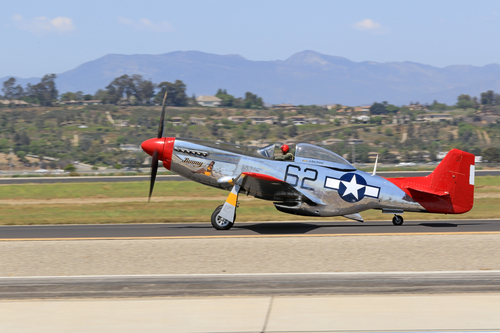
The P-51 Mustang is a name that resonates with power, innovation, and a definitive edge in air superiority during World War II.
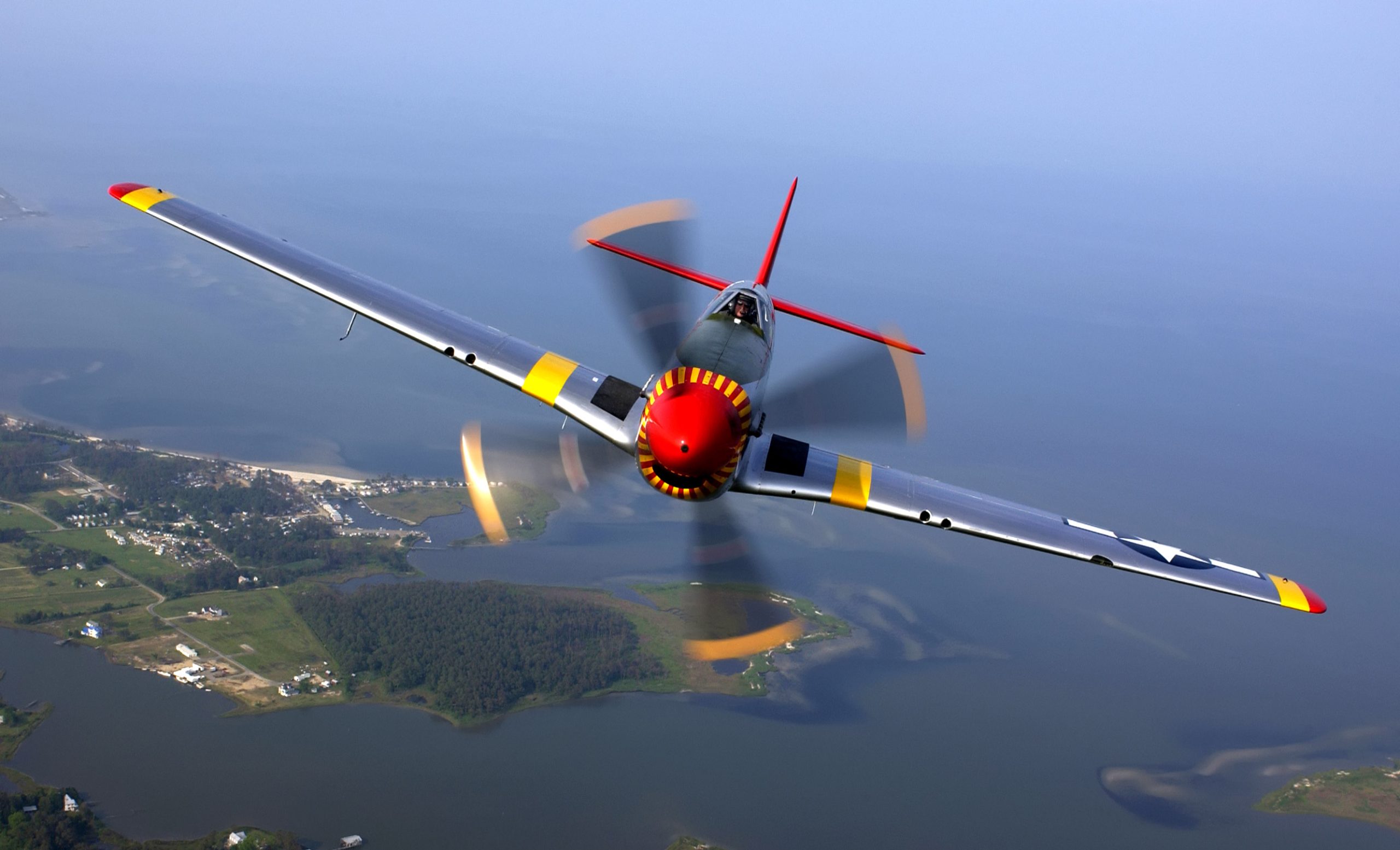
Born from the urgency of wartime need and the synergy of technological expertise, the Mustang became a legend not just as a fighter, but as a symbol of Allied victory.
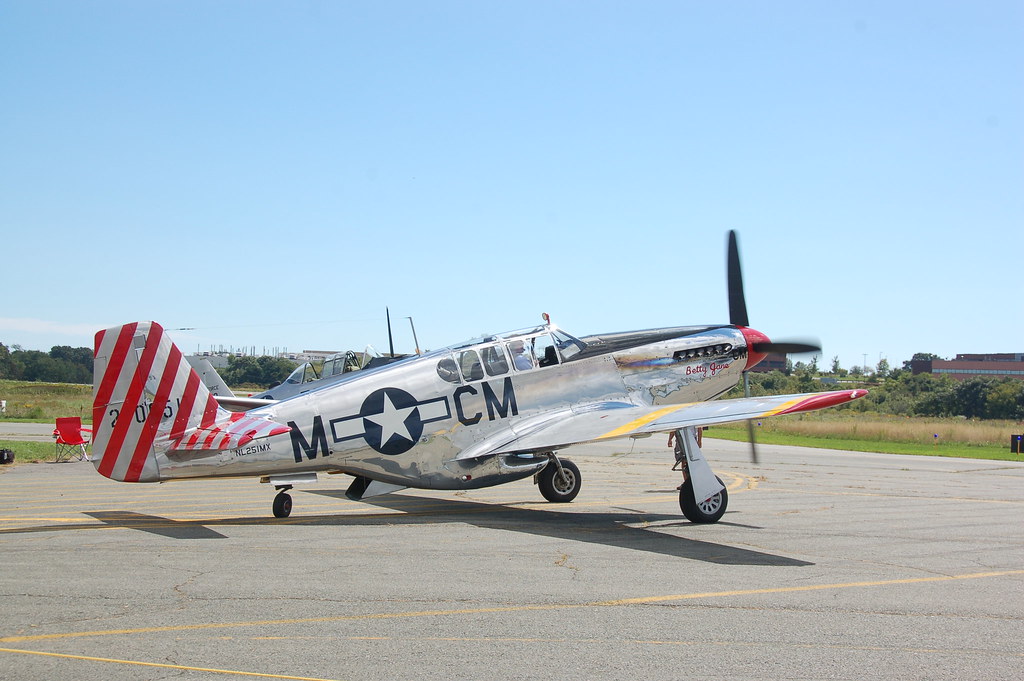
In the turmoil of 1940, Great Britain faced a dire situation.
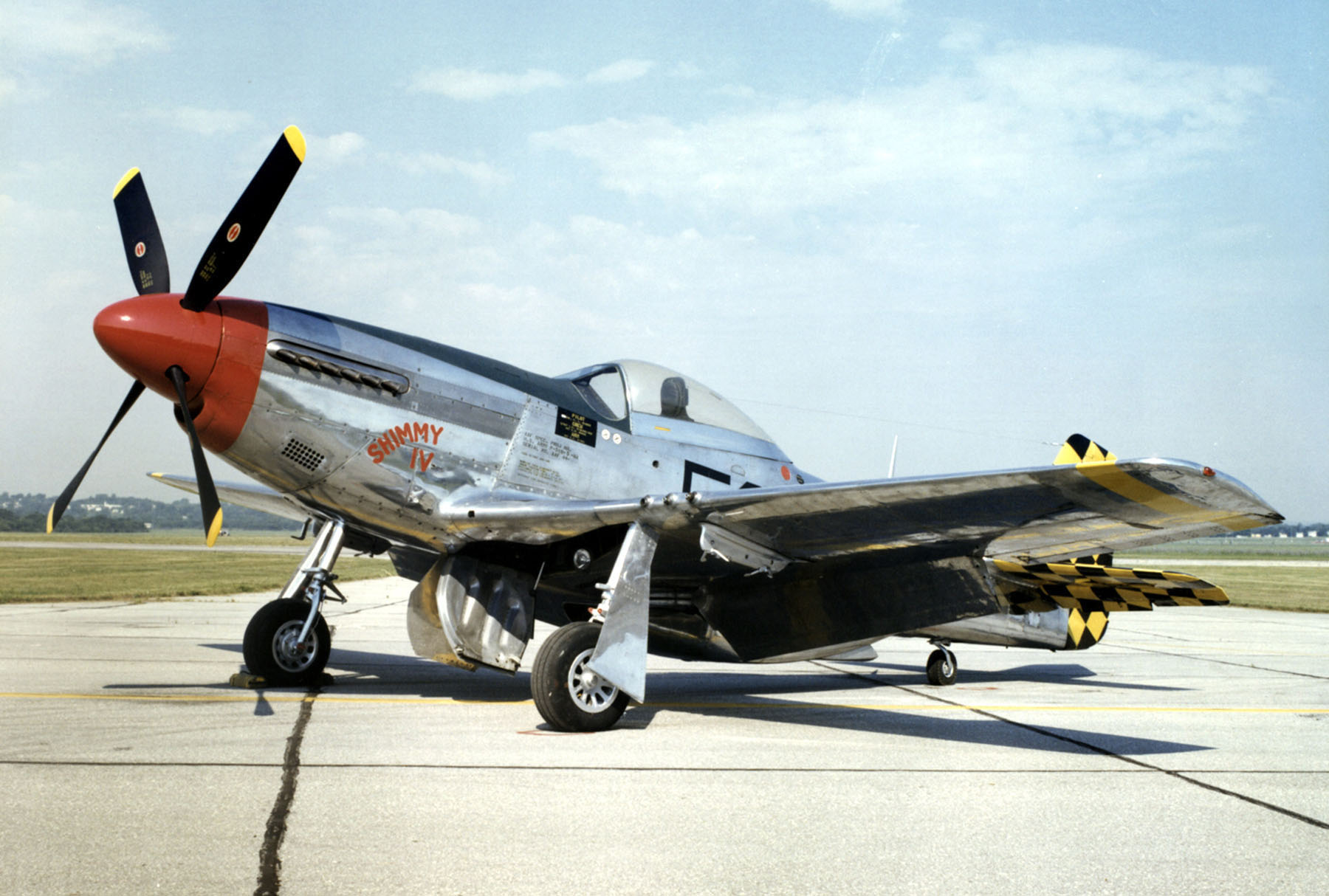
With German airpower threatening the very existence of the British Isles, there was an urgent call for more aircraft.
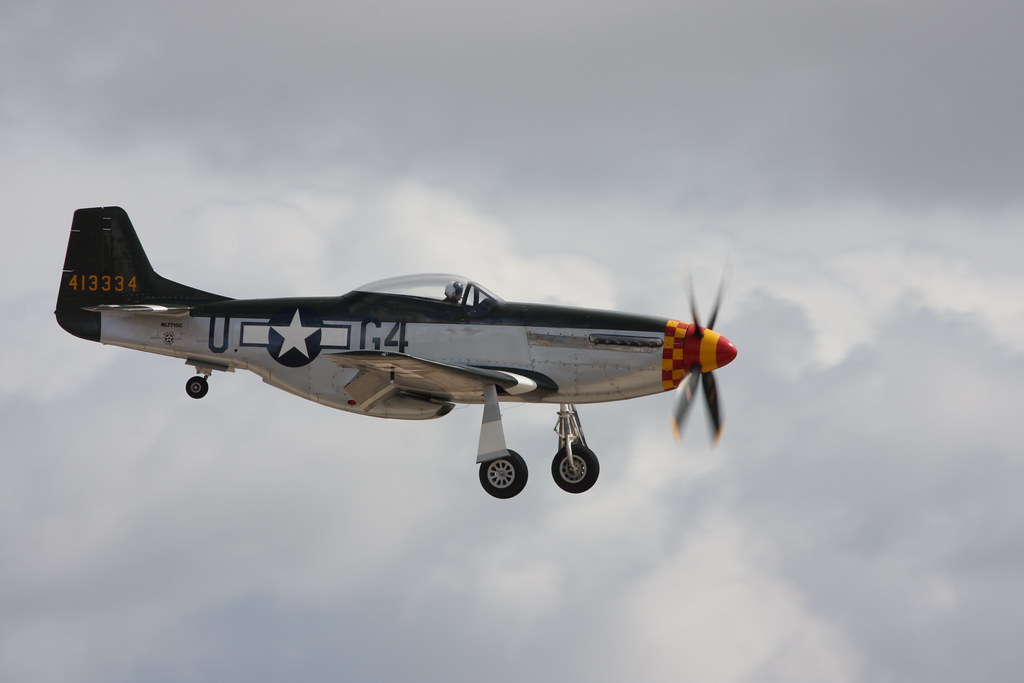
Due to the overwhelming demand placed by the British Government, British aircraft manufacturers struggled to meet production requirements, prompting them to seek assistance from American companies such as Curtiss and North American.
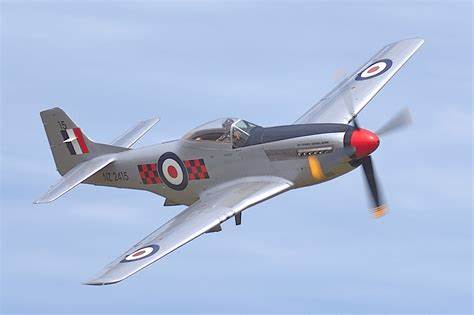
Eventually, North American introduced its own design for a completely new aircraft.
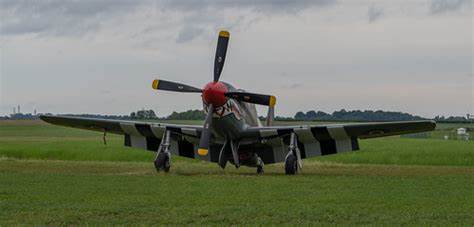
The prototype was delivered to the Air Fighting Development Unit (AFDU) at what is now known as IWM Duxford.
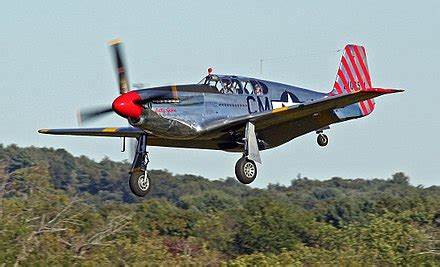
It displayed promising characteristics with a streamlined fuselage and a wing designed for minimal drag.
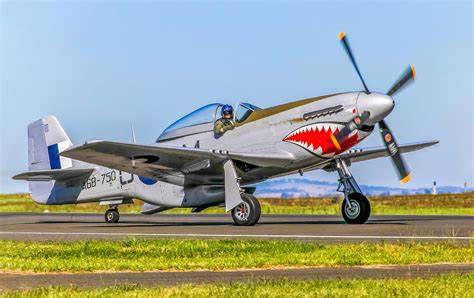
However, the performance of the Allison V12 engine at altitudes above 15,000 feet was subpar.
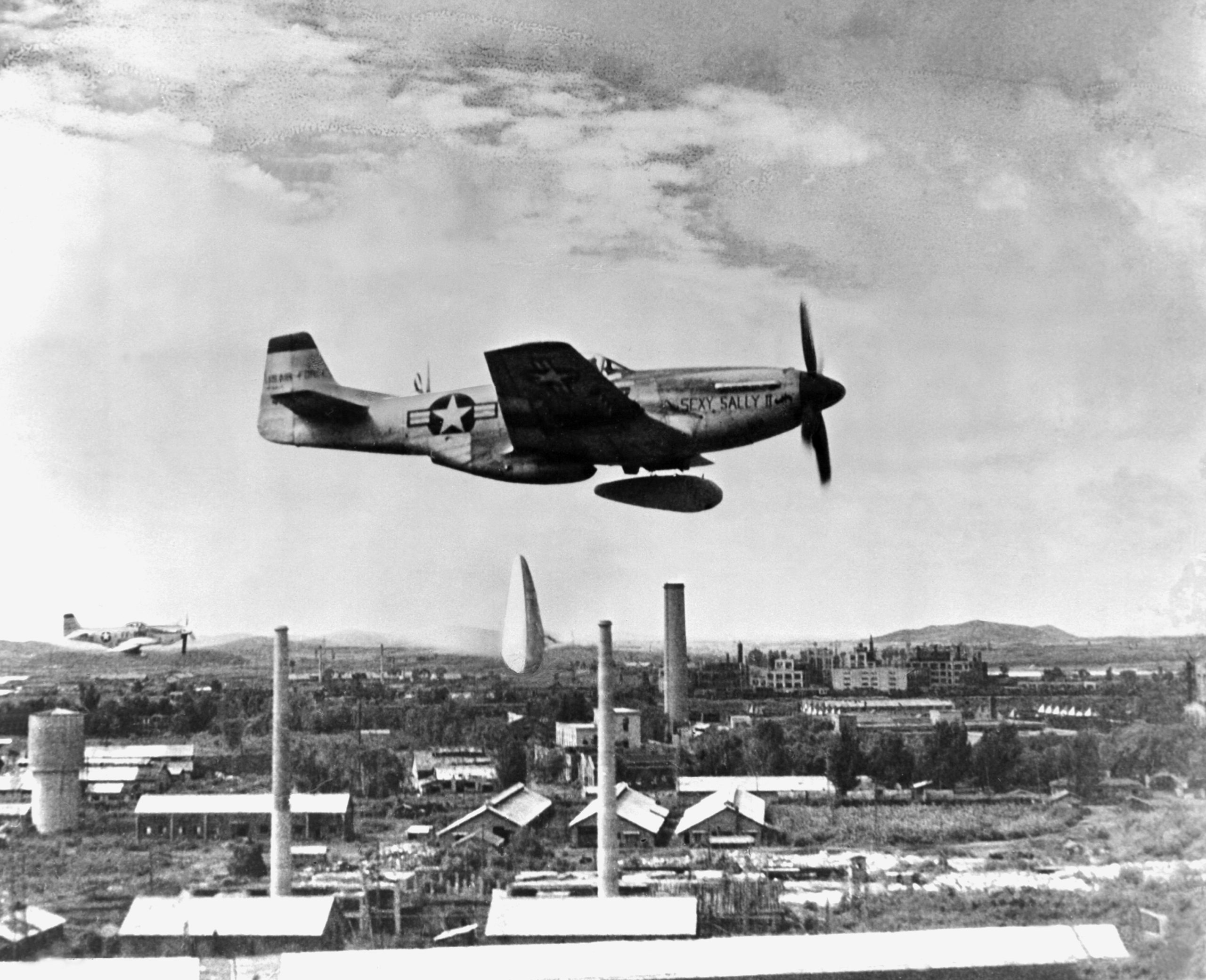
Consequently, the AFDU opted to test the aircraft with a Rolls Royce Merlin engine instead.
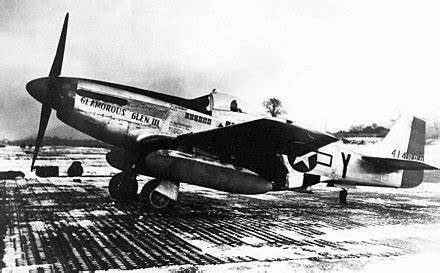
This modification transformed the aircraft into one of the most formidable fighters of World War II – the P-51 Mustang.
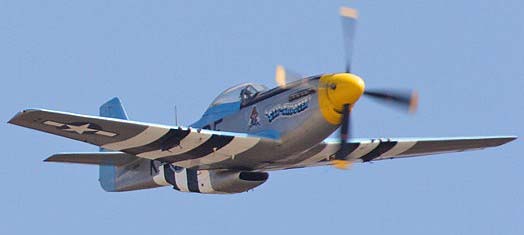
The P-51 excelled in escorting British and American bombers on missions all the way to Berlin and back, boasting an impressive operational range.
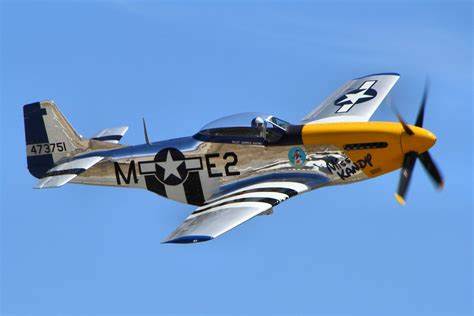
Its capabilities were so remarkable that it began replacing British Spitfires towards the war’s conclusion.
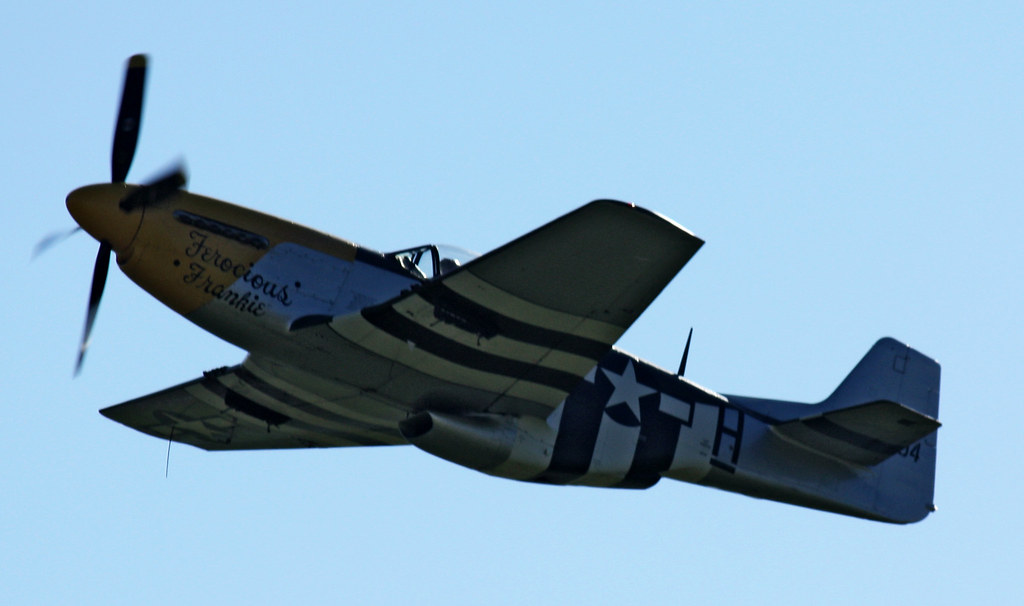
In addition to escort duties, Mustangs would engage in opportunistic strikes against enemy targets such as trucks, barges, and trains.
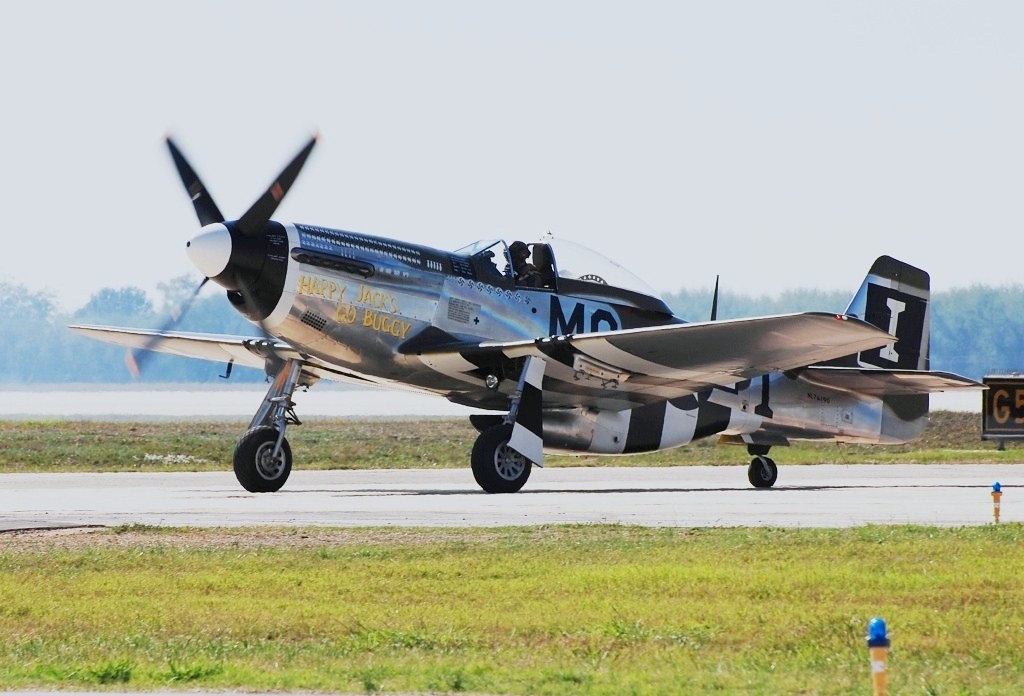
By 1944, the Allies had established air superiority over Western Europe, thanks in part to the exceptional performance of the Mustang.
Relevant articles:
– North American P-51 Mustang, The National WWII Museum | New Orleans
– P-51 Mustang | Facts, Specifications, & History, Britannica
– MustangsMustangs.com, MustangsMustangs.com
– How the P-51 Mustang became a legend, Imperial War Museums
